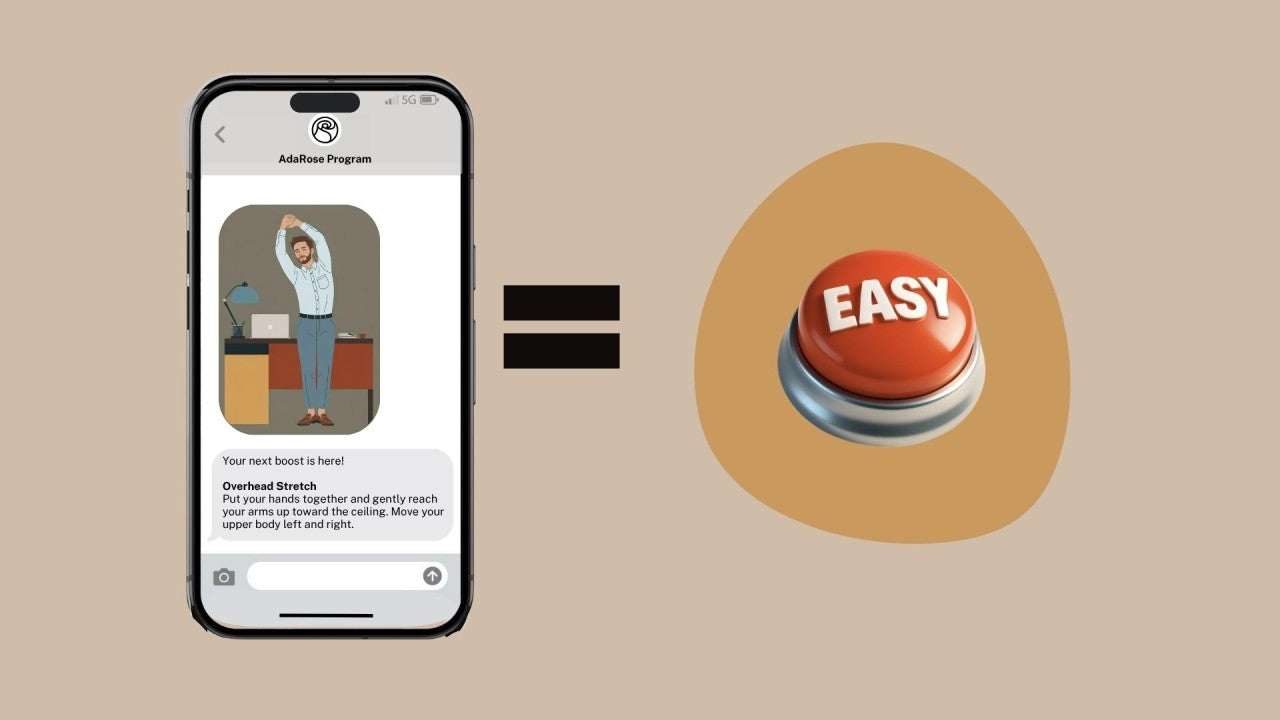Have you ever wondered what that couch in the store would look like in your house? What if you turned it at an angle, or added some art above it?
If you’re like me, your living space contributes a lot to your family’s overall wellbeing and mental health (or, conversely, level of stress!). There’s actually scientific evidence documenting the relationship between the design of the physical environment and your health. (Of course it also helps to keep it neat and decluttered—easier said than done.)
Design matters, but it can be hard, and mistakes can be an expensive hassle. So why not get a professional interior designer to map out a plan for your space—without the price tag, and without bringing an outsider into your home?
A couple of years ago I used a service called Modsy to redesign parts of my house virtually. It made a lot of sense because my house, which is 100 years old, has some unusual dimensions—walls at funny angles, corners that aren’t so square.
I measured my space and entered the dimensions into Modsy’s website. I also filled out a quiz about which styles I liked best. For $159 a room Modsy’s software (and experts) replicated my space online and tried a couple of different configurations of furniture for it. I could even explore my space in 3D. They went a step further--populating the space with actual products from stores including Crate & Barrel, Wayfair, West Elm, and other stores you can choose from their roster. If you like the actual pieces shown in your room, you can buy them (at a slight discount) directly through the software. You can also replicate items you already own, but it takes some effort and an additional $25 fee.
I used Modsy to rethink my living room and my daughter’s bedroom—and I bought several pieces that all worked well together through the site, including a gorgeous jenny lind style bed in teal, something I never would’ve come up with on my own. In the living room, I didn’t buy any of the suggested products, but I borrowed an idea or two (like putting two large canvases over the couch) and interpreted them my own way. Pictured is Modsy's design on the left, my room on the right.
In my experience, Modsy is a pretty cool example of service that uses augmented reality paired with human skills to improve the design and shopping experience for customers. I’m seeing the same kinds of pairing of augmented human skills, personalized for the user in everything from fashion (think StitchFix) to health care (one great example is Carium, a company I work with).
What do you think? Have you tried Modsy or a similar service, like Havenly or Spacejoy?





